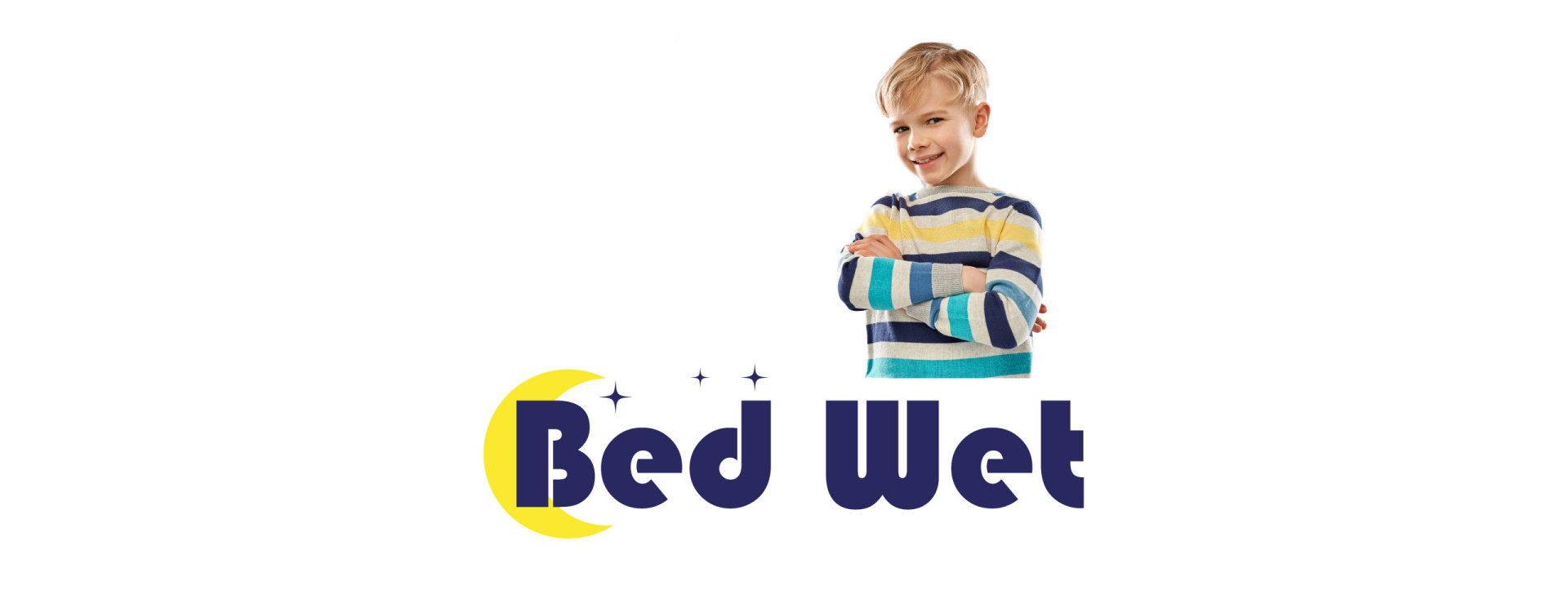If there's one thing all children around the world have in common, it's play. It's a child's first language and, often, their first way of understanding the world around them. Play is a natural way for children to communicate , says Dr. Garry Landreth, founder of the Center for Play Therapy at North Texas University. It's a comprehensive way for children to communicate their emotional, physical, mental, and social well-being. Children play to express their desires and fears. So, how can play help your child learn more about bedwetting? According to the American Academy of Pediatrics (AAP), the main reasons children wet the bed are an underdeveloped bladder to hold urine all night and the child's inability to recognize that their bladder is full to get up and go to the bathroom. That said, bedwetting in children often stops as they grow and develop physically. The AAP reports that most children outgrow bedwetting by their teenage years, and only one in 100 adults suffers from the problem. According to Dr. Landreth, if parents sit with their children for 30 minutes of safe, empathetic play, they can learn a lot about how their children feel about bedwetting. Additionally, talking with your child about bedwetting can help them feel better about themselves and improve their self-confidence. Here are some fun activities you and your child can do together to manage their bedwetting and learn more: Emergency flashlight Sometimes children are afraid to go to the bathroom at night because they are afraid of the dark. Your child can help you decorate a flashlight that they will use when they get up at night. Materials required: Child-safe flashlight Glue Brilliant Markers or paint pencils Ribbons Stickers Instructions: If you don't already have an extra one at home, going out to buy a flashlight can be a fun way to start this activity. Make sure it is child-safe (check the packaging to see what age it is intended for). Next, gather all the materials. Decorate the flashlight with glitter, ribbons and stickers. You or your child can write their name using a paint pen, so it's their flashlight. Remember not to put glue on the button to turn it on and off! Then place the flashlight in a specially chosen spot next to your child's bed. The alarm clock Some parents find it helpful to wake their child up to go to the bathroom in the middle of the night. If your child is old enough to wake up on their own, this alarm clock may be just what they need! Materials required: Child-safe flashlight Glue Brilliant Markers or paint pencils Ribbons Stickers Instructions: Find a safe alarm clock for children. Let your child choose the color, but make sure there is room to add your own personal decorations! Tell your child this is their special alarm clock to help them wake up at night to go to the bathroom. Gather all materials. Let your child's imagination run wild by decorating the alarm clock. Write the child's name in crayon, and voila! Now they have their own tool for waking up. Perhaps you should also show your child how to set the alarm, if they are old enough. The Bedwetting Book Making this book is a great way to teach your child more about bedwetting and how they feel about it. Materials required: Construction paper Child-safe flashlight Glue Brilliant Markers or paint pencils Ribbons Stickers Pieces of fabric Three-hole punch or stapler for binding the book Instructions: Help your child draw a bed on the first page of the book, then let them draw and decorate the rest of the story. Ask them questions to guide their progress, such as: How does it feel to wake up in a wet bed? How do you think it feels to wake up in a dry bed? Are you tired when Mom or Dad wakes you up to go to the bathroom? Let your child draw their feelings and write an accompanying text, and let them finish the book however they want. Bind the book using the stapler or three-hole punch and attaching it with ribbon. Anatomy 101 Illustrating how the bladder works is educational and artistic, and it can help your child better understand bedwetting. Materials needed: Simple anatomy book showing the bladder, urethra and their functions Construction paper Markers, crayons, or colored pencils Instructions: Help your child understand their bladder and the urination process by giving them a simple anatomy lesson. Show your child the pictures in the anatomy book and trace the passage of fluids in the body. Teach him simple words like bladder and kidneys. Then help your child draw a silhouette and ask them to demonstrate how fluids are processed in the body. This is a good opportunity to teach your child that some children's bladders mature more slowly, and that's why the "excess fluid" in their bodies "overflows" at night. Your child will understand why they are a victim of bedwetting, and who knows, maybe you'll inspire a future career as a doctor or artist!









Latest comments